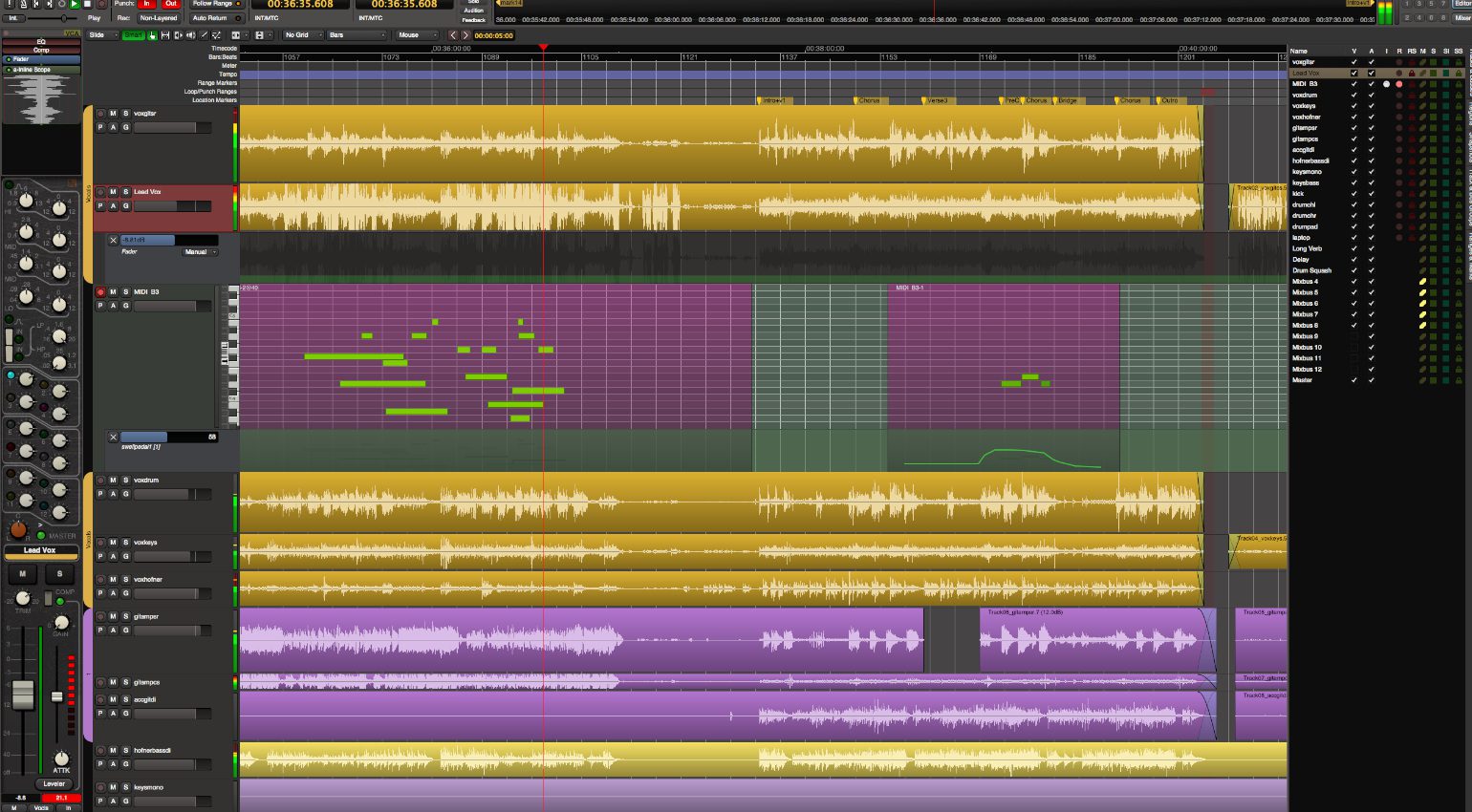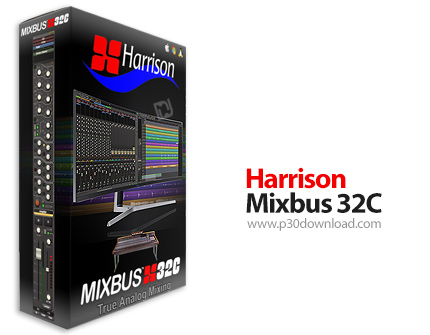

If the density of automation points is too high system responsiveness may be reduced. This option determines the rate (in milliseconds) at which automation points are acquired. Larger numbers means more thinning, and therefore fewer draw points but more responsiveness. Excessive draw data may reduce system responsiveness with little to no audio benefit. This option removes data points within the automation draw points. This option defines how many sessions will be displayed in the New Session dialog list. This option specifies the default location that appears in the New Session dialog pulldown. (b) Files that are drag & dropped into the session will be copied into the session, rather than “referenced” from their existing location, wherever that may be (such as on a removable hard drive). If this is enabled, then (a) the “copy to session” checkbox will be automatically selected, and cannot be changed. This makes it very likely that, even in the case of a crash or power outage, a recording in process can be recovered. *Regardless of the “periodic backup” setting, Mixbus stores a “pending” file whenever you start a new recording. If this is enabled, Mixbus occasionally creates a date-stamped snapshot in the session’s “backup” folder. Session Management Make periodic backups of the session files When this option is enabled, Mixbus will display a confirmation message when the “stop and remove last capture” action is used. Previous commands from prior work on the session will still be available to undo even when a session is first re-opened. This option specifies how many commands are available to undo after a session is saved and re-opened. Select a number of operations that you’d like Mixbus to remember within a given session.

This option should be enabled to limit the memory and disk space that Mixbus will use to store Undo information. For smaller projects, or for systems with smaller amounts of RAM, the cache size can be reduced. For large projects with a lot of tracks, setting this higher may improve screen rendering times to improve performance. This slider allows you to set the size, in Megabytes, of the waveform image cache. Memory Usage Waveform image cache size (megabytes)

If you use a lot of tracks and plug-ins, then Mixbus will require significant CPU resources. This option defines how many “threads” Mixbus will create to process audio signals. Some categories have subcategories that you can navigate by clicking on them: GeneralĭSP CPU Utilization Signal processing uses The preferences window is organized by category in the left hand column of the window. If you want to change settings for a particular session, go to Session Properties. Global preferences define the way you like to work, and the way your system is set up (such as your MIDI control surfaces or timecode sources). *The Preferences window defines your global preferences, that apply to all of the sessions on your machine.
#MIXBUS 32C COLORS WINDOWS#
The Preferences window can be found under the menu item Mixbus->Preferences in OS X, and under the menu item Edit->Preferences in Windows and Linux. Appendix C: Videos (Training and Tutorial).AVL Drumkits: Black Pearl and Red Zeppelin.Presonus Faderport, Faderport8 and Faderport16.Mackie MCU-compatible fader controllers.Scrolling and Zooming in the Editor Window.Operational Differences from Other DAWs.Differences between Mixbus and Mixbus 32C.
#MIXBUS 32C COLORS PDF#
About This Manual (online version and PDF download).


 0 kommentar(er)
0 kommentar(er)
